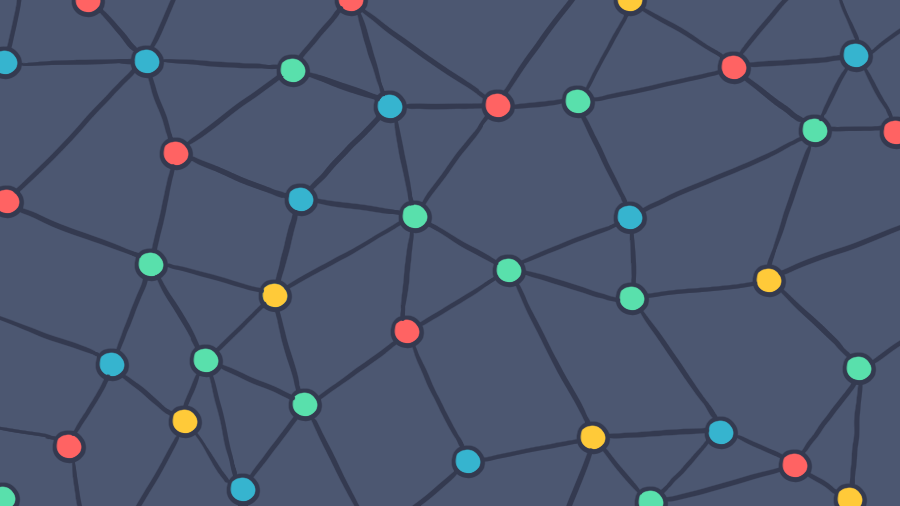After calamity eliminates us all, cockroaches will inherit the earth. Some species can survive without air for 45 minutes or more, can survive radiation exposure fifteen times greater than what would kill a human, and have been known to weather temperature extremes which would take down insects of lesser hardiness.
Subscribe to the Crunchbase Daily
Cockroaches are nothing if not resilient, which makes that bug a particularly good namesake for the company behind a database system designed to keep working in the face of outages elsewhere.
Today, Cockroach Labs announced it raised $55 million in a Series C round co-led by a trio of firms: Altimeter Capital, Tiger Global, and existing investor GV (formerly known as Google Ventures). Prior investors Benchmark, Index Ventures, Redpoint Ventures, FirstMark Capital, and Work-Bench participated in the transaction.
Prior to this round, the company had raised $53.5 million across two roughly equally-sized Series A and Series B rounds. Its Series C round effectively doubles the venture capital Cockroach Labs has raised to date, to $108.5 million, according to the company and Crunchbase data.
Cockroach Labs is the for-profit company behind CockroachDB, an open source SQL database system designed to survive service outages while operating at massive scale largely agnostic of production environment.
Here’s what that means. CockroachDB can run as “cloud-native” in a containerized environment (CockroachDB is deployable in Kubernetes using Helm) and across multiple configurations of cloud computing platforms. Major cloud platforms like Amazon Web Services, Microsoft Azure, and Google Cloud all have their own distributed database systems with SQL front-ends, but, obviously, each of those database solutions are unique to each cloud computing provider. A CockroachDB database can be run across multiple cloud providers, and in hybrid deployments split between privately-managed servers and public cloud computing resources like AWS, Azure, and Google Cloud.
CockroachDB replicates and stores information across a distributed network of database servers, which can be hosted in different physical locations. The system automatically maintains consistency across the entire cluster. Scaling CockroachDB horizontally is as simple as adding additional nodes.
The distributed nature of CockroachDB clusters means that if one set of nodes experiences an outage, other nodes in the cluster can still serve data to maintain service uptime.
For enterprise and managed service customers, Cockroach Labs offers geographic validation among its paid features which aren’t available to users of its publicly-available software. A paying customer can determine where their data is stored. According to the company, this is useful for applications which require fast delivery of data (wherein a distributed CockroachDB cluster is essentially acting like a content distribution network) or need to localize data within a country or region for commercial security or regulatory compliance purposes.
The geo-distribution and scalability aspects of CockroachDB’s architecture took inspiration from a proprietary system called Spanner, “Google’s scalable, multi-version, globally distributed, and synchronously-replicated database.” However, unlike Spanner, which has many internal dependencies, most of which are proprietary to Google, CockroachDB is more or less ready to deploy out of the package, without dependencies of its own.
Cockroach Labs’ founders and several of its core contributors were formally employed by Google. Company CEO and CockroachDB co-creator Spencer Kimball worked on Colossus, a successor to the Google File System. CTO and co-creator Peter Mattis developed the first version of open source Photoshop substitute GIMP and joined Google to work on the Google Reader team.1 Chief architect and co-creator Ben Darnell also worked on the Google Reader team.
Prior to founding Cockroach Labs, the trio started and sold a venture called Viewfinder, a photo-sharing platform acquired by payments company Square in 2013.
Profiles of the company published by Wired in 2014 and 2015 said that its founders had been users of a predecessor database technology at Google called Bigtable and actively followed the development of Spanner since the white paper describing the distributed database system was published in 2012.
The initial commit for CockroachDB was made to Github in May 2014. Cockroach Labs was incorporated in February 2015. CockroachDB 1.0 was released in May 2017.
Illustration: Li-Anne Dias
RIP Google Reader. Long live RSS!↩

Stay up to date with recent funding rounds, acquisitions, and more with the Crunchbase Daily.









![Illustration of pandemic pet pampering. [Dom Guzman]](https://news.crunchbase.com/wp-content/uploads/2021/03/Pets-2-300x168.jpg)

67.1K Followers